Choosing the right cryptocurrency exchange is one of the most critical decisions for anyone entering the digital asset market. With over 254 exchanges tracked globally and a staggering $1.52 trillion in 24-hour trading volume, the landscape offers tremendous opportunities alongside significant risks. The wrong platform choice can expose you to security breaches, regulatory issues, or inadequate customer support that could cost you your investment.
In 2025, the cryptocurrency exchange industry has matured significantly, with clearer regulatory frameworks, enhanced security standards, and more sophisticated trading tools. However, recent data shows that nearly $1.93 billion was stolen in crypto-related crimes in the first half of 2025 alone, surpassing the total for 2024 and making it crucial to select exchanges with proven track records and robust security measures.
This comprehensive guide examines the most trusted cryptocurrency exchanges in 2025, exploring what makes them reliable, the key factors to consider when choosing a platform, and how to maximize your trading security and success.
Understanding Cryptocurrency Exchanges
Cryptocurrency exchanges are platforms that allow traders to buy, sell, and trade cryptocurrencies, derivatives, and other crypto-related assets. These digital marketplaces have evolved dramatically since Bitcoin's release in 2008, transforming from rudimentary peer-to-peer platforms into sophisticated financial institutions offering comprehensive services.
Types of Crypto Exchanges
Centralized Exchanges (CEX): Platforms like Binance, Coinbase, and Kraken hold your funds and execute trades on your behalf, acting as intermediaries similar to traditional banks. These exchanges offer high liquidity, fast transaction speeds, user-friendly interfaces, and customer support but require trusting the platform with custody of your assets.
Decentralized Exchanges (DEX): Platforms enabling direct peer-to-peer trading without intermediaries, offering greater privacy and self-custody but typically with lower liquidity and more complex user experiences.
Hybrid Exchanges: In 2025, some platforms seek to offer the best of both worlds, providing the speed of centralized exchanges with the self-custodial nature of decentralized platforms. Notable examples include dYdX v4, Coinbase Wallet with Base integration, and ZK-powered DEXs.
Brokers: Platforms like eToro and Robinhood that allow crypto purchases at set prices without orderbook access, prioritizing simplicity over advanced trading features.
Key Factors for Exchange Trustworthiness
Selecting a trustworthy exchange requires evaluating multiple dimensions beyond just trading fees and available cryptocurrencies. The following factors distinguish truly reliable platforms from potentially risky alternatives.
Security and Regulatory Compliance
Security remains the paramount concern, with exchanges now required to implement rigorous know-your-customer and anti-money laundering protocols in addition to meeting new licensing and reporting requirements. The most trusted exchanges maintain industry-leading security protocols including two-factor authentication, cold storage for the majority of assets, regular security audits, and comprehensive insurance funds.
Regulatory compliance has become increasingly important as governments worldwide develop frameworks for digital assets. Licensed exchanges that comply with regulations are more trustworthy and less likely to face sudden shutdowns or regulatory actions. In 2025, anti-money laundering and countering terrorism financing requirements continue as core elements of the regulatory framework for cryptocurrency businesses.
Markets in Crypto-Assets Regulation (MiCA): The European Union's comprehensive framework entered full application in late 2024, establishing uniform market rules for crypto-assets across member states. Exchanges operating under MiCA provide additional assurance of regulatory compliance and consumer protection.
U.S. Regulatory Evolution: Early 2025 marked a turning point in U.S. crypto regulation, with the SEC's Crypto Task Force working to provide clarity on securities laws application to crypto assets. The CLARITY Act, advancing through Congress, aims to distinguish digital commodities from securities, creating clearer regulatory boundaries.
Trading Features and Liquidity
High liquidity ensures easier entry and exit points, enhancing investor confidence and enabling traders to execute large orders without significant price impact. The best exchanges support large numbers of coins and trading pairs, offering spot trading, margin trading, futures, options, staking, and various earning programs.
According to current market data, the three largest cryptocurrency exchanges by trading volume are Binance, Bybit, and MEXC, with total tracked crypto exchange reserves currently standing at $327 billion. These platforms dominate due to their deep liquidity, extensive asset support, and comprehensive feature sets.
Fee Structures
Trading fees can significantly erode profits over time, making fee comparison essential. Most exchanges employ maker-taker fee models, where makers who add liquidity to orderbooks pay lower fees than takers who remove liquidity. Fee structures typically range from 0.02% to 0.6%, with volume-based discounts rewarding high-frequency traders.
Beyond trading fees, consider deposit and withdrawal charges, staking fees, and any hidden costs associated with different transaction types. Some exchanges offer zero-fee trading pairs or native token discounts to reduce costs further.
Customer Support and User Experience
Responsive customer support proves invaluable when issues arise. The best exchanges offer 24/7 multilingual support through multiple channels including live chat, email, and comprehensive help documentation. User experience encompasses both desktop and mobile platforms, with over 72% of users now trading via mobile apps according to recent data.
Educational resources, including learning centers, tutorials, and market analysis, help users make informed decisions and maximize platform features. Exchanges prioritizing education demonstrate commitment to user success beyond just facilitating transactions.
Top Trusted Crypto Exchanges for 2025
Based on security track records, regulatory compliance, user reviews, and feature sets, these exchanges have earned recognition as the most trustworthy platforms in the current market.
Kraken: Industry-Leading Security and Trust
Kraken stands out as one of the few major platforms that has never experienced a hack resulting in loss of customer funds. Founded in 2011, Kraken has gained popularity thanks to its transparent team and strong focus on security, with CEO Jesse Powell often echoing the principle "Not your keys, not your crypto" while actively encouraging self-custody.
The platform offers more than 350 cryptocurrencies to buy, sell, and trade, making it one of the top exchanges for variety. Kraken maintains licenses across the United States, Canada, Australia, the United Kingdom, the European Union, and several other regions worldwide. This focus on compliance, security, and transparency has earned trust from both clients and regulators.
Kraken provides two primary interfaces: a standard version for beginners and Kraken Pro—a customizable platform for advanced traders featuring enhanced technical analysis tools, powerful margin trading, and access to sophisticated order types. All features are supported by responsive 24/7 multilingual support and educational resources.
Key Strengths:
- Never hacked with customer fund loss
- Comprehensive licensing and regulatory compliance
- Over 350 supported cryptocurrencies
- Advanced trading tools via Kraken Pro
- Strong educational resources and customer support
Reputable independent industry reviewers like Kaiko and CoinGecko consistently rank Kraken among the best crypto exchanges worldwide.
Coinbase: Most Trusted U.S. Exchange
Coinbase is one of the most widely known crypto exchanges in the United States and globally, often serving as the starting point for those just entering the digital assets space. Founded in 2012 by Brian Armstrong and Fred Ehrsam, Coinbase now serves customers in more than 190 countries and has approximately 36 million users as of September 2025.
The platform supports around 250 cryptocurrencies, with asset availability depending on region and account type. Coinbase offers both a standard version for beginners and Coinbase Advanced for more sophisticated trading tools and reduced fees. The exchange excels in its commitment to security, using advanced features including two-factor authentication and cold storage for the majority of assets.
Coinbase is one of the few exchanges that is publicly traded, enhancing its credibility and transparency. Users can feel confident knowing Coinbase operates under stringent regulatory guidelines, adding extra layers of trust. The platform maintains strong regulatory presence in the U.S. and is widely available in most U.S. states.
Key Strengths:
- Publicly traded company with transparent operations
- Strong regulatory compliance and licensing
- Excellent mobile app and user interface
- Comprehensive educational resources with crypto rewards
- Ideal for beginners and experienced traders
Coinbase and Kraken are considered the most secure exchanges due to their strong regulatory compliance and robust security measures.
Binance: Global Trading Volume Leader
Binance, founded in 2017, quickly reached the number one spot by trade volumes, registering more than $36 billion in trades by early 2021 and maintaining its position as the world's largest exchange. The platform serves approximately 250 million users as of January 2025, offering one of the most comprehensive cryptocurrency ecosystems in the industry.
Binance supports hundreds of cryptocurrencies and provides extensive trading options including spot, margin, futures, staking, launchpool, and various earning programs. The exchange has one of the lowest trading fees among major platforms, ranging around 0.1%, with further reductions available through native BNB token usage.
The platform maintains a clean interface with over 72% of users trading via the mobile app. Binance stores 10% of user funds in its Secure Asset Fund for Users (SAFU), providing an additional safety net against potential security incidents. The exchange offers both a standard platform and Binance Pro for advanced traders.
Key Strengths:
- Largest trading volume globally
- Extensive cryptocurrency selection
- Very low trading fees
- Comprehensive product suite
- Strong mobile app experience
Note that regulatory status varies by region, with Binance.US operating separately under U.S. regulations with different features and fee structures.
Gemini: Security-First Exchange
Founded in 2014 by Cameron and Tyler Winklevoss, Gemini has solidified its position in the cryptocurrency exchange sphere with over $175 million in trading volume. The platform is recognized for taking additional security measures and providing high-end service suitable for both beginners and advanced users.
Gemini maintains comprehensive insurance for digital assets stored on the platform and operates as a New York trust company, subjecting it to banking compliance standards. The exchange is fully available across all U.S. states with no geographic restrictions, maintaining strong regulatory relationships nationwide.
The platform offers both simple interfaces for beginners and ActiveTrader for more sophisticated users. Gemini provides various earning options including staking and interest-bearing accounts. The exchange has launched innovative products including the Gemini Dollar stablecoin, demonstrating ongoing commitment to crypto ecosystem development.
Key Strengths:
- New York trust company with banking-grade compliance
- Comprehensive insurance coverage
- Available in all U.S. states
- Strong security reputation
- Gemini Credit Card with crypto rewards
OKX: Comprehensive Trading Platform
OKX has emerged as a major global exchange offering extensive trading options across spot, futures, and derivatives markets. The platform serves users in over 180 countries and supports hundreds of digital assets with deep liquidity across major trading pairs.
The exchange provides advanced trading tools, comprehensive charting, and sophisticated order types suitable for professional traders. OKX maintains competitive fee structures and offers various earning opportunities through staking, savings, and liquidity provision programs.
Key Strengths:
- Extensive derivatives and futures markets
- Professional-grade trading tools
- Competitive fee structures
- Strong global presence
- Comprehensive DeFi integration
Bitstamp: Longest-Established Exchange
Bitstamp, founded in 2011, stands as one of the oldest continuously operating cryptocurrency exchanges. The platform was among the first to be registered by BitLicense in New York, demonstrating early commitment to regulatory compliance.
The exchange adopted a tiered fee structure based on 30-day trading volumes, with fees ranging from 0% for high-volume traders to 0.5% for smaller transactions. Bitstamp maintains strong security practices and banking relationships, particularly in Europe where it serves as a primary fiat on-ramp for many investors.
Key Strengths:
- Longest track record in the industry
- Strong European presence
- Excellent banking integrations
- Robust security history
- Clear regulatory compliance
Maximizing Trading Success with Token Metrics
While choosing a trusted exchange provides the foundation for secure crypto trading, maximizing returns requires sophisticated analytics and market intelligence. This is where Token Metrics, a leading AI-powered crypto trading and analytics platform, becomes invaluable for serious investors.
Comprehensive Market Intelligence
Token Metrics provides personalized crypto research and predictions powered by AI, helping users identify the best trading opportunities across all major exchanges. The platform monitors thousands of tokens continuously, providing real-time insights that enable informed decision-making regardless of which exchange you use.
Token Metrics assigns each token both a Trader Grade for short-term potential and an Investor Grade for long-term viability. These dual ratings help traders determine not just what to buy, but when to enter and exit positions across different exchanges for optimal returns.
Real-Time Trading Signals and Alerts
The platform offers AI-generated buy and sell signals that help traders time their entries and exits across multiple exchanges. Token Metrics analyzes market conditions, technical indicators, sentiment data, and on-chain metrics to provide actionable trading recommendations.
Customizable alerts via email, SMS, or messaging apps ensure you never miss important opportunities or risk signals, regardless of which exchange hosts your assets. This real-time monitoring proves particularly valuable when managing portfolios across multiple platforms.
AI-Powered Portfolio Management
Token Metrics leverages machine learning and data-driven models to deliver powerful insights across the digital asset ecosystem. The platform's AI-managed indices dynamically rebalance based on market conditions, providing diversified exposure optimized for current trends.
For traders using multiple exchanges, Token Metrics provides unified portfolio tracking and performance analysis, enabling holistic views of holdings regardless of where assets are stored. This comprehensive approach ensures optimal allocation across platforms based on liquidity, fees, and available trading pairs.
Exchange Comparison and Optimization
Token Metrics helps users identify which exchanges offer the best liquidity, lowest fees, and optimal trading conditions for specific assets. The platform's analytics reveal where institutional money flows, helping traders follow smart money to exchanges with the deepest liquidity for particular tokens.
By analyzing order book depth, trading volumes, and price spreads across exchanges, Token Metrics identifies arbitrage opportunities and optimal execution venues for large trades. This intelligence enables traders to minimize slippage and maximize returns.
Security and Risk Assessment
Beyond trading analytics, Token Metrics evaluates the security posture of projects listed on various exchanges, helping users avoid scams and high-risk tokens. The platform's Investor Grade incorporates security audit status, code quality, and team credibility—factors critical for distinguishing legitimate projects from potential frauds.
Token Metrics provides alerts about security incidents, exchange issues, or regulatory actions that might affect asset accessibility or value. This proactive risk monitoring protects users from unexpected losses related to platform failures or project compromises.
Integrated Trading Experience
Token Metrics launched its integrated trading feature in 2025, transforming the platform into an end-to-end solution where users can analyze opportunities, compare exchange options, and execute trades seamlessly. This integration enables traders to act on insights immediately without navigating between multiple platforms.
The seamless connection between analytics and execution ensures security-conscious investors can capitalize on opportunities while maintaining rigorous risk management across all their exchange accounts.
Best Practices for Exchange Security
Even when using trusted exchanges, implementing proper security practices remains essential for protecting your assets.
Enable Two-Factor Authentication
Two-factor authentication (2FA) provides critical additional security beyond passwords. Use authenticator apps like Google Authenticator or Authy rather than SMS-based 2FA, which remains vulnerable to SIM swap attacks. Enable 2FA for all account actions including logins, withdrawals, and API access.
Use Cold Storage for Large Holdings
While trusted exchanges maintain strong security, self-custody eliminates counterparty risk entirely. Hardware wallets like Ledger or Trezor provide optimal security for long-term holdings, keeping private keys completely offline and safe from exchange hacks.
Follow the principle "not your keys, not your crypto" for significant amounts. Keep only actively traded assets on exchanges, transferring long-term holdings to personal cold storage.
Implement Withdrawal Whitelisting
Many exchanges offer withdrawal address whitelisting, restricting withdrawals to pre-approved addresses. Enable this feature and require extended waiting periods for adding new addresses, preventing attackers from quickly draining accounts even if they gain access.
Monitor Account Activity
Regularly review login history, active sessions, and transaction records. Enable email and SMS notifications for all account activity including logins, trades, and withdrawals. Immediate awareness of unauthorized activity enables faster response to security incidents.
Practice Good Digital Hygiene
Never share account credentials, avoid accessing exchanges on public Wi-Fi networks, keep software and operating systems updated, and use unique strong passwords for each exchange account. Consider using a dedicated email address for crypto activities separate from other online accounts.
Regional Considerations
Crypto regulations and exchange availability vary significantly by region, requiring consideration of local factors when selecting platforms.
United States
Coinbase has the strongest regulatory presence and widest state availability. Kraken offers comprehensive services with strong compliance. Binance.US operates separately with more limited features than the international platform. Regulatory clarity improved in 2025 with the CLARITY Act and enhanced SEC guidance.
European Union
The MiCA regulation provides comprehensive framework ensuring consumer protection and regulatory clarity. Kraken, Bitstamp, and Binance all maintain strong European presence with full MiCA compliance. SEPA integration provides efficient fiat on-ramps for EU users.
United Kingdom
FCA-registered exchanges including Kraken, eToro, and Bitstamp offer strong security measures and regulatory compliance. Brexit created distinct regulatory regime requiring specific licensing for UK operations.
Asia-Pacific
Bybit and OKX provide extensive services across the region. Regulatory approaches vary dramatically by country, from crypto-friendly jurisdictions like Singapore to more restrictive environments requiring careful platform selection.
The Future of Crypto Exchanges
The cryptocurrency exchange landscape continues evolving rapidly with several key trends shaping the industry's future.
Increased Institutional Adoption
Major financial institutions are increasingly offering crypto services, with traditional banks now providing custody following the SEC's replacement of SAB 121 with SAB 122 in early 2025. This institutional embrace drives higher security standards and regulatory clarity across the industry.
DeFi Integration
Centralized exchanges are integrating decentralized finance protocols, offering users access to yield farming, liquidity provision, and lending directly through exchange interfaces. This convergence provides best-of-both-worlds functionality combining CEX convenience with DeFi opportunities.
Enhanced Regulatory Compliance
Exchanges face tighter compliance requirements including enhanced KYC/AML protocols, regular audits, and transparent reserve reporting. These measures increase user protection while creating barriers to entry for less-established platforms.
Advanced Trading Tools
AI-powered trading assistance, sophisticated algorithmic trading tools, and professional-grade analytics are becoming standard offerings. Platforms like Token Metrics demonstrate how artificial intelligence revolutionizes crypto trading by providing insights previously available only to institutional investors.
Conclusion: Choosing Your Trusted Exchange
Selecting trusted crypto exchanges requires balancing multiple factors including security track records, regulatory compliance, available features, fee structures, and regional accessibility. In 2025, exchanges like Kraken, Coinbase, Binance, Gemini, and Bitstamp have earned recognition as the most reliable platforms through consistent performance and strong security practices.
The most successful crypto traders don't rely on exchanges alone—they leverage sophisticated analytics platforms like Token Metrics to maximize returns across all their exchange accounts. By combining trusted exchange infrastructure with AI-powered market intelligence, traders gain significant advantages in identifying opportunities, managing risks, and optimizing portfolio performance.
Remember that no exchange is completely risk-free. Implement proper security practices including two-factor authentication, cold storage for significant holdings, and continuous monitoring of account activity. Diversify holdings across multiple trusted platforms to reduce concentration risk.
As the crypto industry matures, exchanges with strong regulatory compliance, proven security records, and commitment to transparency will continue dominating the market. Choose platforms aligned with your specific needs—whether prioritizing low fees, extensive coin selection, advanced trading tools, or regulatory certainty—and always conduct thorough research before committing significant capital.
With the right combination of trusted exchanges, robust security practices, and sophisticated analytics from platforms like Token Metrics, you can navigate the crypto market with confidence, maximizing opportunities while minimizing risks in this exciting and rapidly evolving financial landscape.


.png)




%201.svg)
%201.svg)


%201.svg)



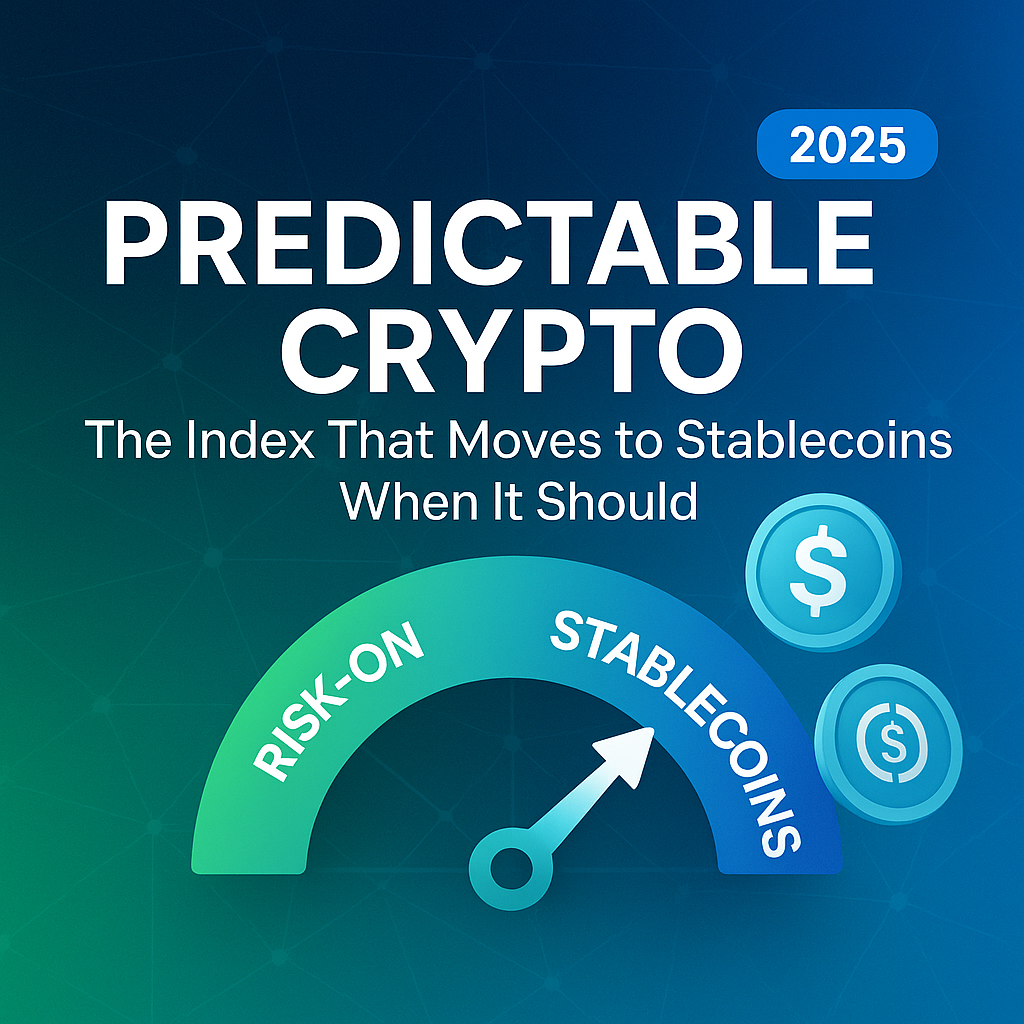
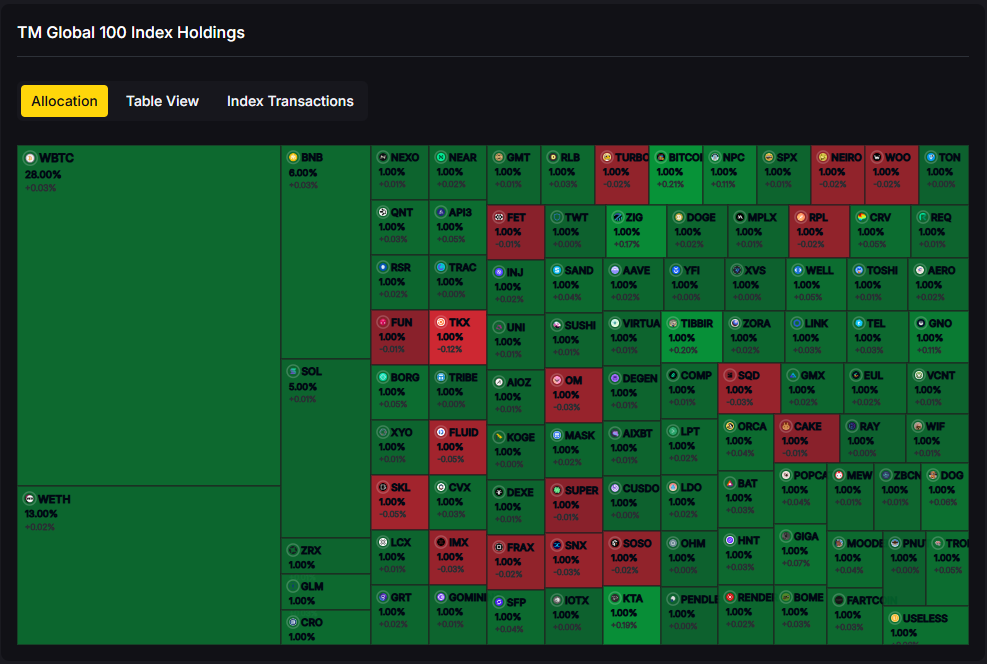
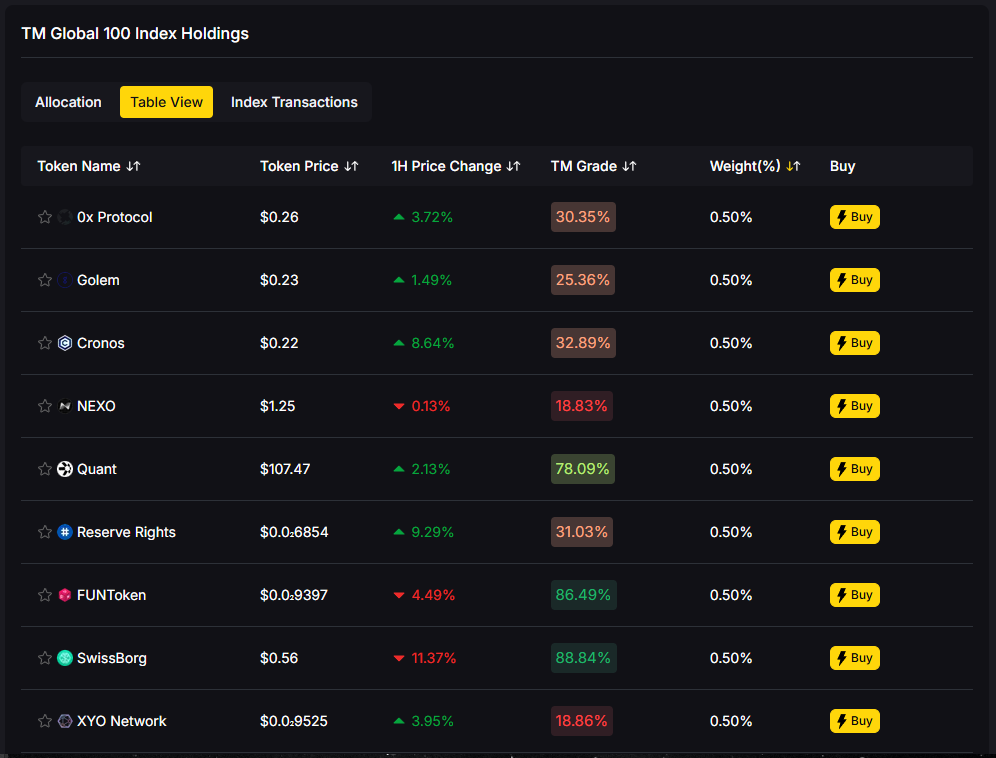

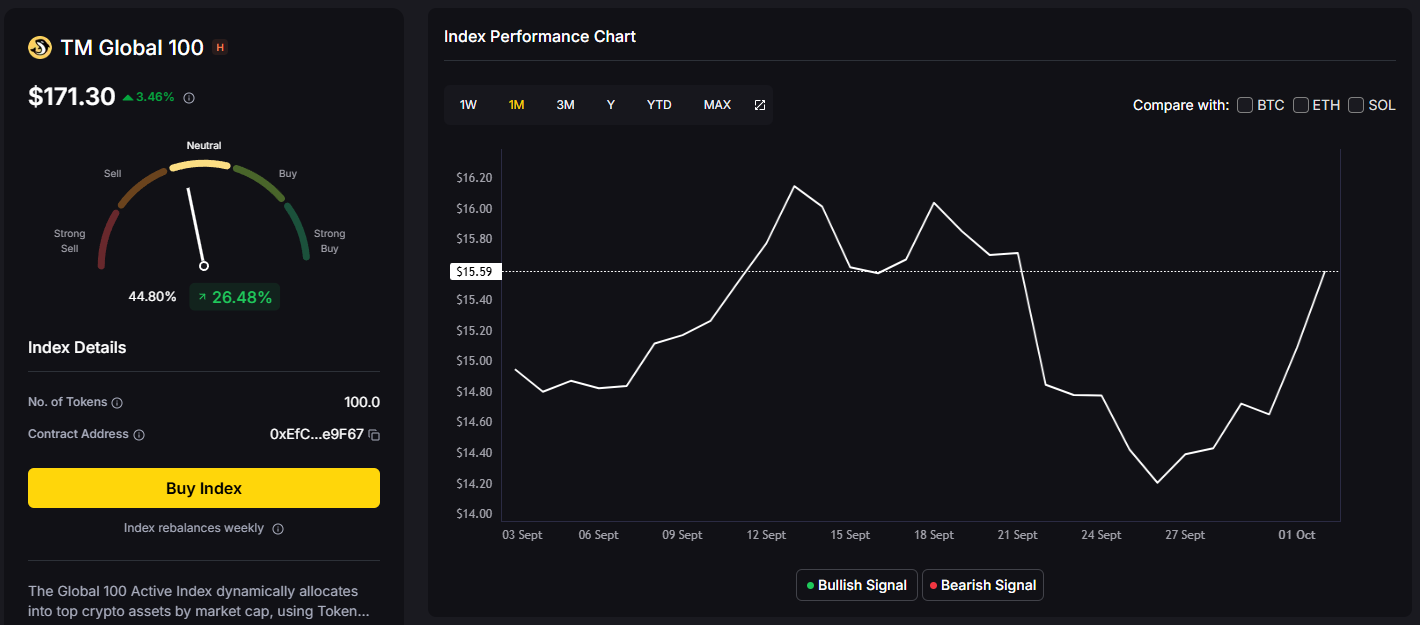
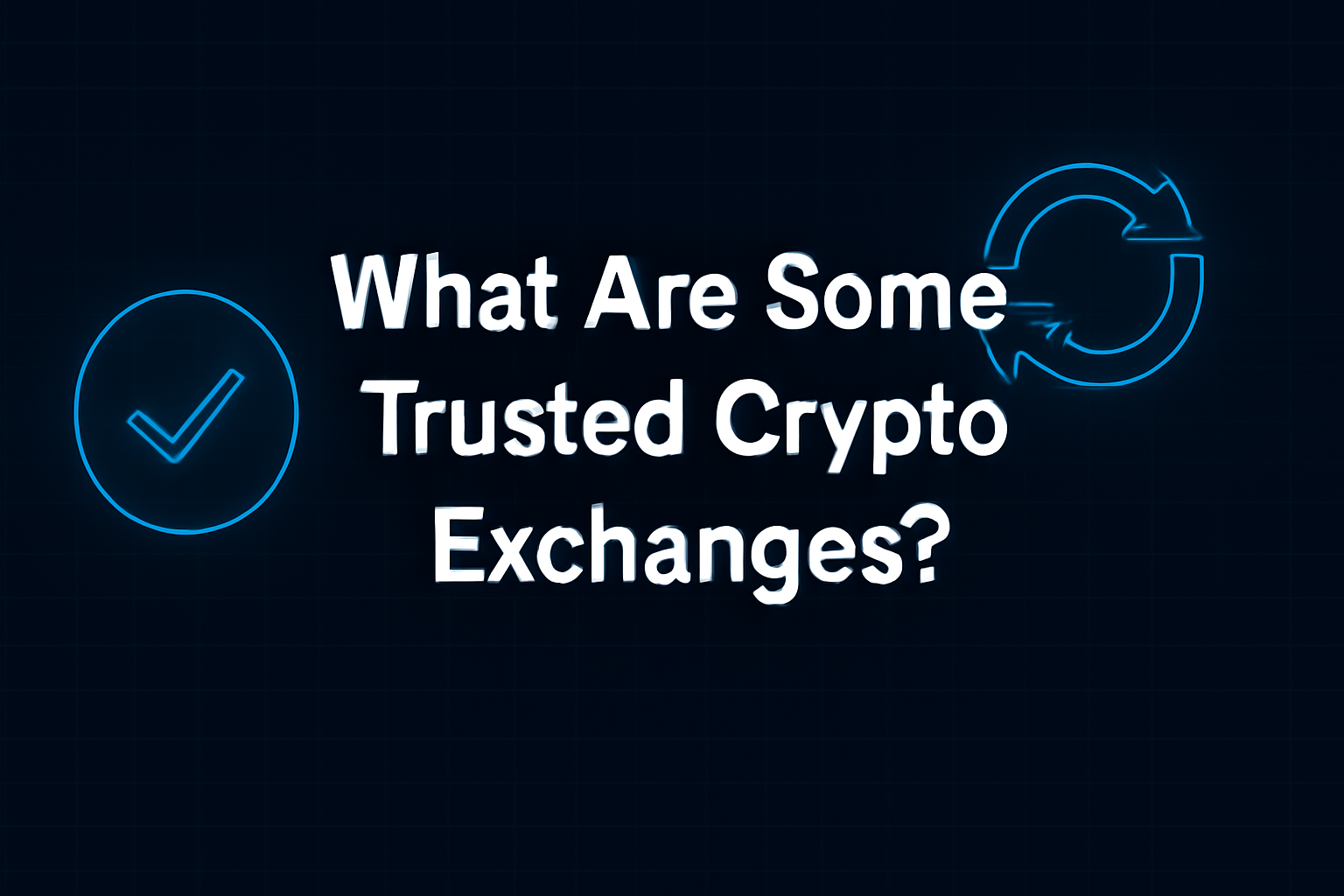
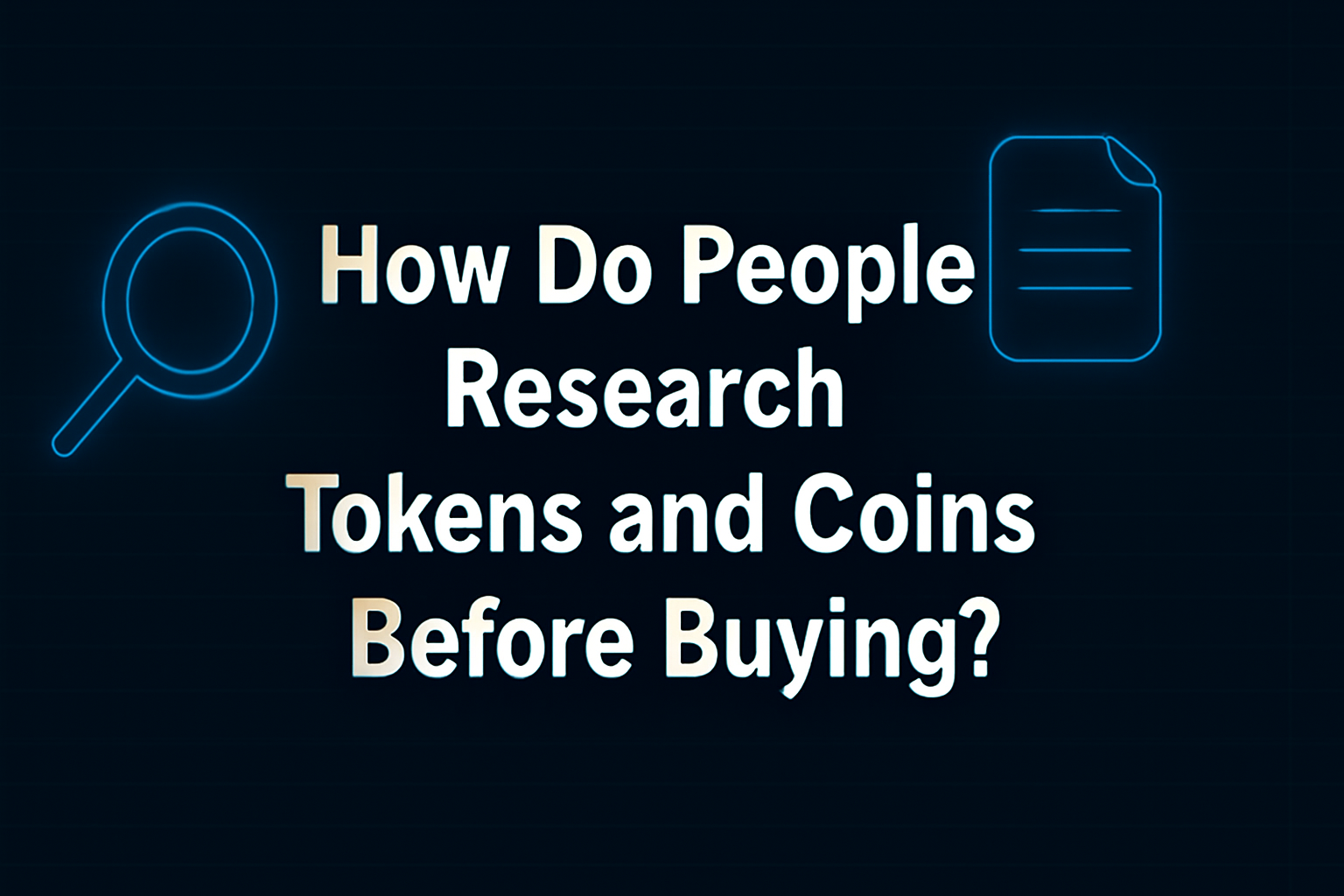




.svg)




.png)